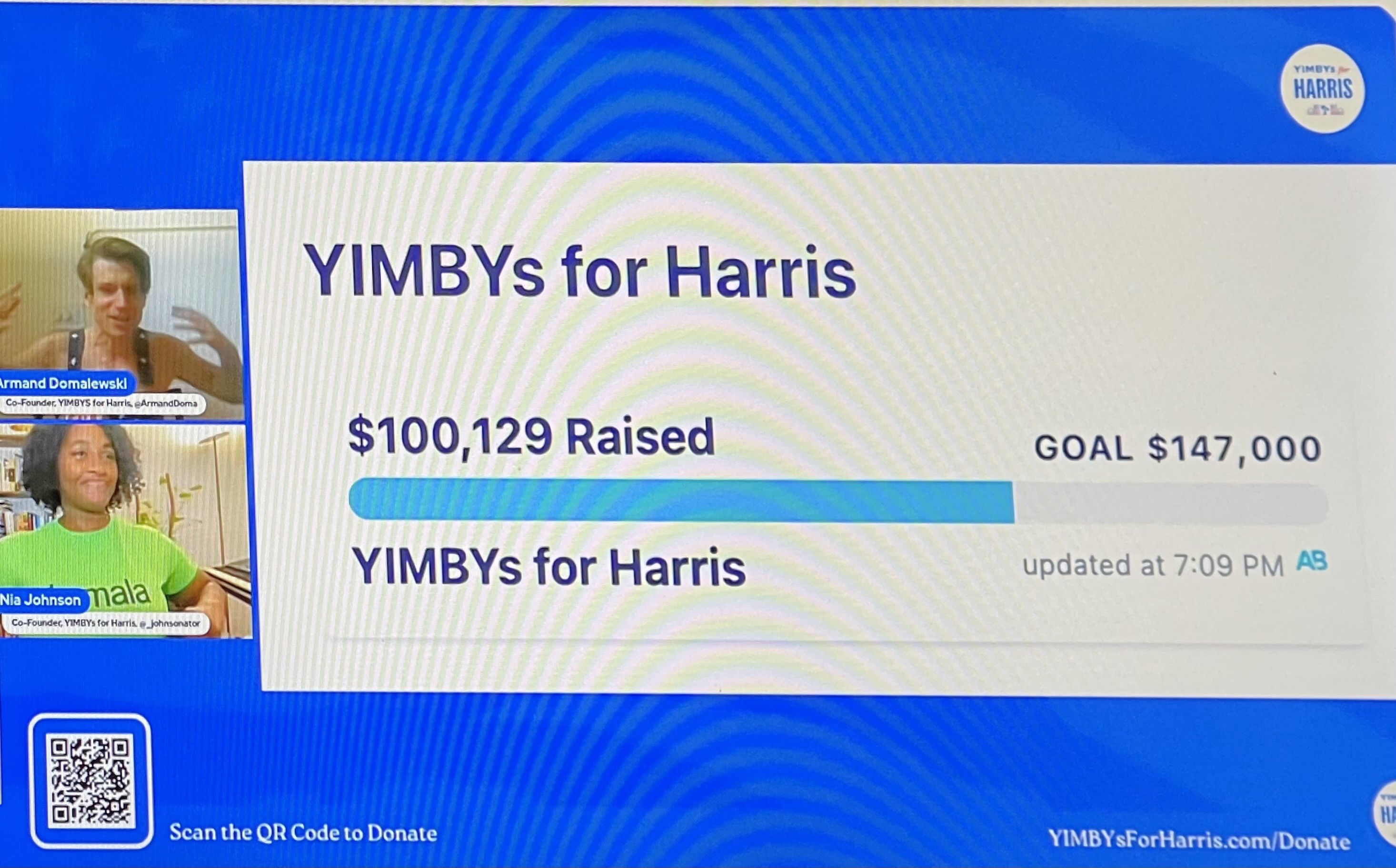urbanist
Yimbys for Harris $100k
Reblog via StarrWulfe (JLGatewood)
ONE HUNDRED THOUSAND DOLLARS FOR HARRIS/WALZ!!
Support better neighborhoods/affordable housing/sustainable development!!
Why does it seem like Atlanta’s transit agencies continually aim lower and lower when it comes to planning?
I was this many years old when I was told it was going to be an extension of the Red Line rail service from North Springs Station, about 5 miles away. Now all we get is a noisy, smoggy bus island in between 8 lanes of speeding traffic.
Nah, this ain’t it chief.
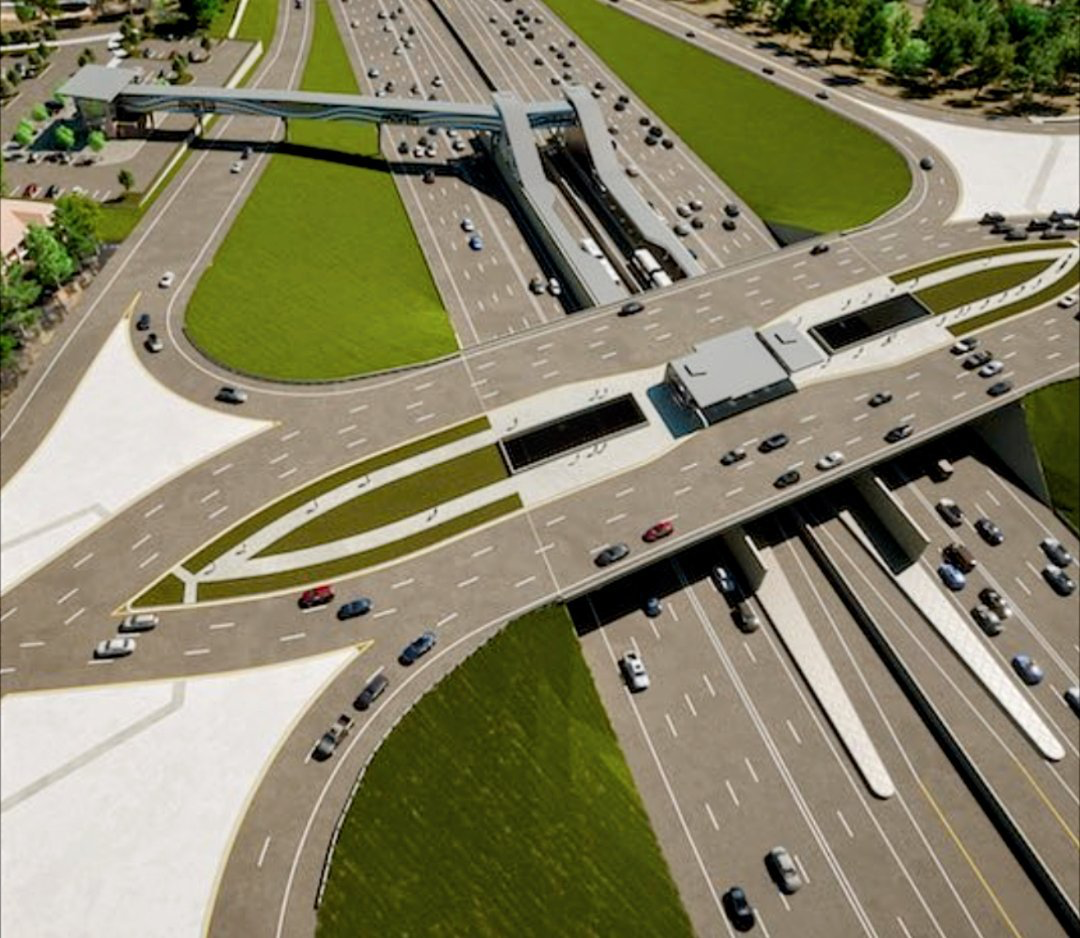
Invasion of the street car snatchers
We have a ready-made 150-year-old vacant right of way around central Atlanta begging for rail-based transit… And the mayor is considering “slow moving people movers” and “pods” instead of connecting the downtown circulating streetcar to it (which it was why it was built)
Please watch this video and feel my frustration and rage right now. 😡
Bicycle safety tech "gadgetbahnery"
[embed]www.youtube.com/watch
I'm all for new tech but all that's really needed are Dutch style separated bike lanes and protected signal crossings if they really have this kind of money to burn. The vast majority of both cars and cyclists aren't going to download a "watch out for bikes" app, this is silly and a waste of time and money. But wait-- this is not the end-all-be-all DOT approved solution getting shovels into dirt; it's just a tech showcase:
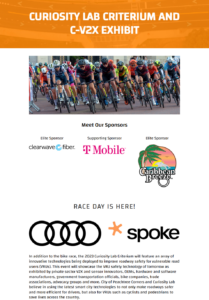
The tech behind it is kind of neat; giving cyclists some kind of transponder that will work with the "smart roads" systems of intelligent streets conditions networks. These are the different components that measure and relay auto traffic and post congestion info to those big signs over the roadways, or into your favorite mapping apps. But why are all the news outlets covering this technology exhibition as if it's the thing to solve the larger problem though?
We suburbanites really need to remain laser focused on real shovel-in-the-dirt ideas that can save lives and enable alternative transport modes like safe cycling and building better modal transitions and pathways for example. Prepping for a once-a-season bike race is one thing, but being able to use a combination of my bike and a bus to get across Gwinnett County without killing or injuring myself would be pretty cool...
Japan has good neighborhood streets
I've been telling people for years how the narrowness of the streets in Japan is probably the best traffic calming device I've ever seen and works on almost every mode of traffic from large truck down to pedestrian. In the States, we build roads way too wide for their intended use, then complain later when we see people driving on them like mini freeways. The street I lived on in Japan was about 10 meters wide; the one I live on now is about 20. (Thats 30 and 60 feet respectively for us 'Muricans)
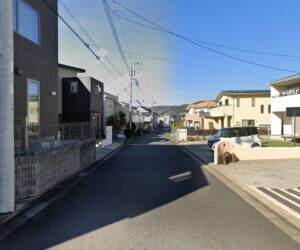
I had to take the regular driving course to get licensed here as well; this is something different as well; if you want to drive in Japan, you spend US$3000 to go to driving school for 3-5 months. That never happens in the US, even for commercial truckers. The other thing is how the laws are enforced. Japanese traffic police are very good at their jobs, especially motorcycle and bike cops. The painted sharrows and Dutch style bike edge lanes are very recent, like in the last 5-10 years or so; what's more at work here is just a long history of Japanese traffic law being very strict especially beginning in the mid 1990's when it on-street parking was made illegal nationwide (something also not talked about by almost anyone, but is very noticeable to anyone coming to Japan.)
I'll die on this hill: Laws are only as good as their enforcement, adherence and understanding. Learning to drive, ride, and even walk as a pedestrian in Japan is something that is reinforced and understood by the vast majority and that's the main reason why you see things the way they are.
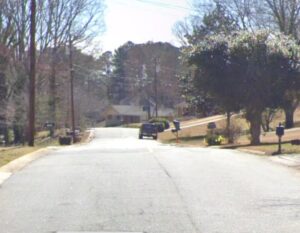
Japan still has significant progress to make in terms of car versus bike/pedestrian safety. A few years ago, a dear friend of mine was fatally struck by a car while crossing mid-block on a busy road in Nagoya. He was on his bicycle, and although I'm not fully aware of the details, the police indicated that the primary cause was his decision to cross a major road at night outside of the crosswalks, on what is known as a "stroad". Such incidents are often attributed to "user error", and it's uncertain if any design changes could prevent these types of accidents. Nonetheless, it's somewhat consoling to know that this is the only traffic fatality I've experienced in Japan, compared to six I've known in the US over a similar period of about twenty years. I lived in Nagoya for three years about 13 years ago and it's known for being the place with the most traffic safety issues per capita in Japan due in part to its wider than average boulevards and a relatively lower public transit coverage plus higher car dependence and sprawl when compared to Osaka and Tokyo metros (which is still way better than the typical American city anyway). This is Toyota and Mitsubishi's hometown after all. Even still, there are places like Sakae and Hisaya-Odori Park along with lots of underground pedestrian plazas that serve to help keep the center of town first class for pedestrians and separate from car traffic.
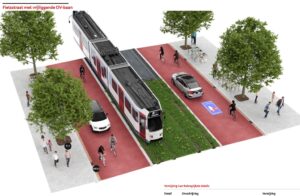
By implementing road diets to narrow streets, creating space for multiuse trails, encouraging lower speeds through design rather than solely by law, and designating residential areas as "living streets," we can enhance pedestrian safety and reduce wear and tear on vehicles. This is something that doesn't need to be done in one go; it can be done in phases as streets come up for reconstruction, can be done with just a little bit more money than said maintenance, and has been successful in the vast majority of places it has been implemented. I've been reading books like Building the Cycling City and even the Amsterdam Red Book for urban mobility to gather some of these points. I cannot stress enough how much better life in the suburbs would be if we made better use of the space we have by ceding a chunk of it away from automobiles and back to human beings.
Seriously? Elon was trying to get a tax break for X here in Atlanta?!
As the [AJC](https://www.ajc.com/news/fulton-board-to-consider-10m-tax-break-to-x-formerly-twitter/4V66VOJ73RCFPA5DI54FAFVLBA/) reported, X (formerly Twitter) appealed to the Development Agency of Fulton County to try and grab over $10 million in property tax breaks on their data center here in Atlanta to upgrade the server farm... But providing no additional jobs... which is why the tax breaks are there in the first place! 🥴
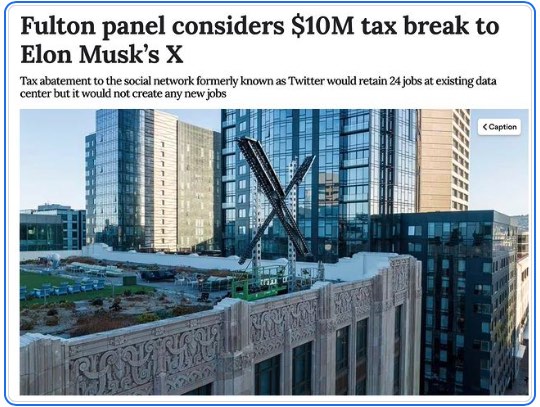
source: Atlanta Journal Constitution dated 3 Dec 2023
Everyone knows that these tax breaks should be going to fund any development that directly enhances the livelihood of Atlanta residents and for no other purpose. Job creation, educational, cultural and infrastructure enhancement are all good reasons to consider giving a company a tax break as an incentive to be here and will soon show up tangibly as residents have easier ways to get around, are better educated, healthier and of course prosperous. This equates to a win-win as it usually shows a bump in tax revenues a few years later.
However since X’s datacenter currently only has 24 full-time staff and no other staff are planned on being hired, there’s really no reason to give away $10 million + of our tax bucks that really need to be spent on the things I outlined above.
I agree with @threadatl@threads.net when he says:
Atlanta needs to reject this ingrained culture of giving away tax inducements to major developments that offer little or no benefit to neighborhood residents (or to neighborhood small businesses for that matter).
https://www.threads.net/@threadatl/post/C0cglEUPAo7
We have to shake this culture of “giveaway to play” when it comes to our civic monies and assets unless they directly, tangibly, OSTENSIBLY provide benefit to ALL within the boundaries of the city/county/state’s taxpayers.
Thankfully, it did not pass, likely due to a lot of councilmembers suddenly hearing about it from their constituents I’ll bet:
Post by @threadatlView on Threads
Atlanta Beltline Loop Saga: The Man with the Original Plan drops big facts/FAQs
Over the past few days, the “Father of the Beltline” himself, Ryan Gravel, created a massive 70-something-odd long FAQ in response to the NIMBYist action group that popped up opposing the transit portion of the Atlanta Beltline.
His post is massively detailed and as pointed as one would expect of having to literally defend their graduate thesis even after half of it has been edified. It’s also a masterclass in how to keep fighting tooth-and-nail without resorting to name-calling and pettiness which seems to be the norm these days.
Anyone who is in favor of a more walkable, pedestrian and bike friendly version of Atlanta (or anywhere really) is encouraged to follow the link as it is very much worth the read in its entirety. Also feel free to comment if you want to ask questions that aren’t covered as the FAQ is happily still open to additions.
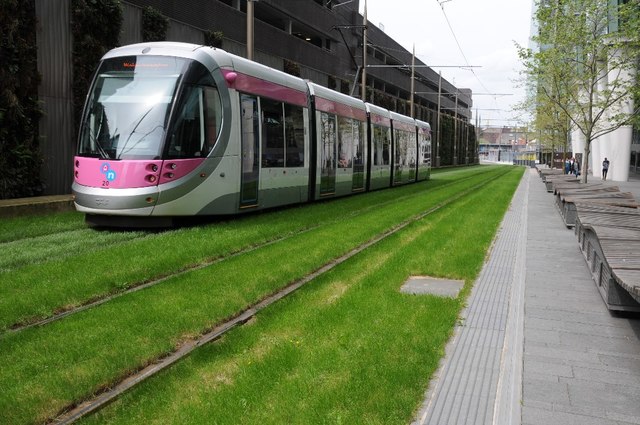
Return of "Return to Atlanta"
I really hope the author of this blog indeed does come back to chronicle the changing landscapes of Atlanta’s Beltline.
While I don’t have any “before” pictures to pull, I may consider doing this sort of series myself to at least give feedback from my memories as an on/off/on/off/on again resident here. I remember the Atlanta of the mid 1980’s in my childhood, then again starting 10 years later in my early adult years until 2000– then again for 3 years starting in 2005, and finally the present.
(You know I’ll definitely be doing this for Japan whenever I wander back that way; from what I can tell, Shibuya is largely unrecognizable from even 2 years ago when I was last there.)
